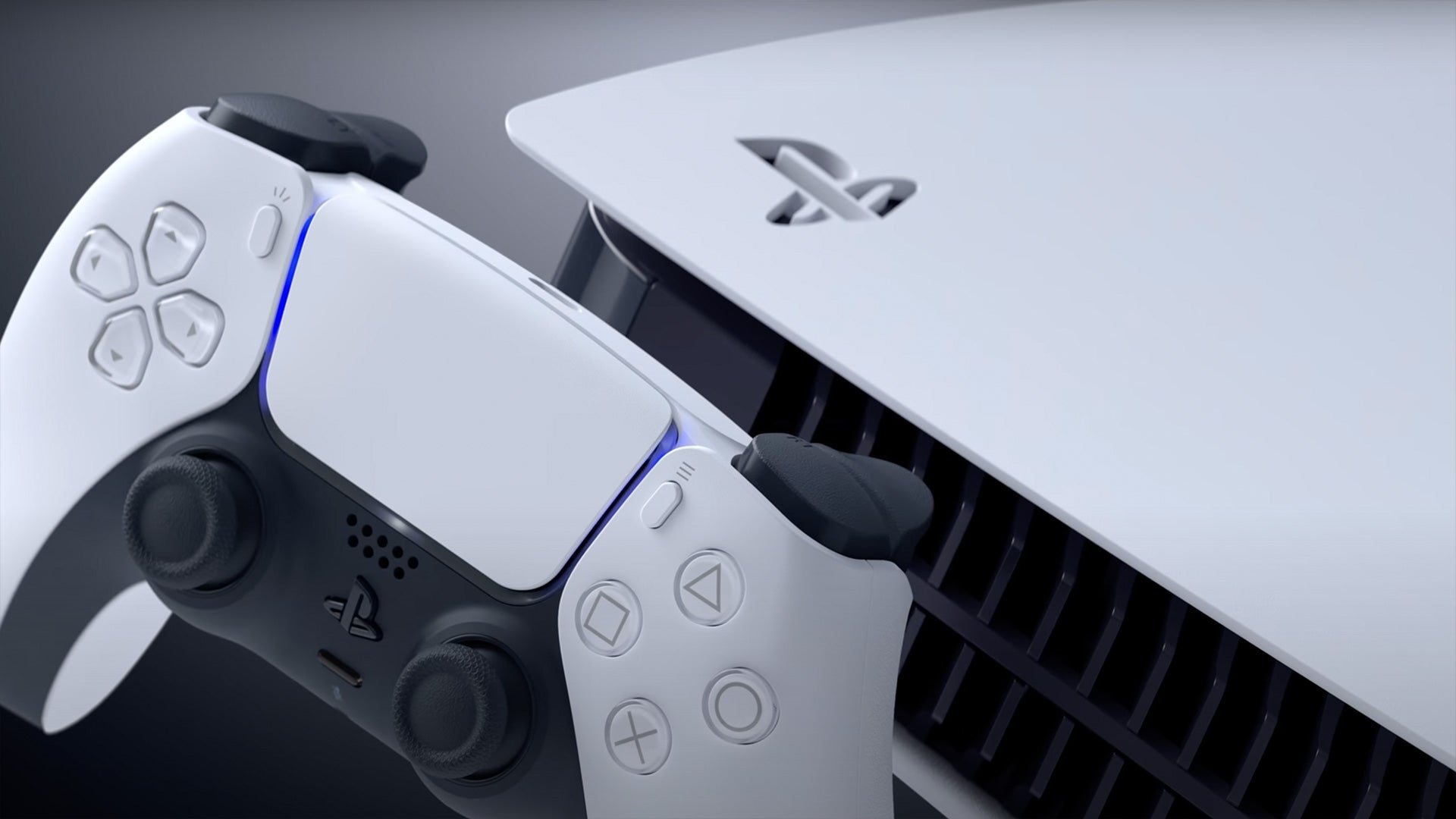
This past week and some 18 months after the launch of the PS5, support for Variable Refresh Rate (VRR) technology has finally landed on the Sony console. This feature has been on Xbox and PC for years, where it's been key to smoothing out uneven frame-rates, reducing judder and eliminating screen tearing - so VRR on PS5 brings some level of parity across platforms. But just how good is the PS5 implementation - where does it succeed, and where does it fall a bit short?
To discuss this, John Linneman and Alex Battaglia met up to compare notes. One limitation we noted right away is that VRR doesn't work on every display - Alex's Samsung NU8000 TV showed a black screen when launching a game with VRR enabled - but John was able to test more than 20 games on the system to good effect with his LG CX OLED. In most games, VRR does what it says on the tin, synchronising the refresh rate of the display to the frame-rate of the game, but it does come with some limitations.
Most importantly, VRR on PS5 only works within a narrow window defined by the HDMI Forum's 2.1 standard, between 48Hz and 60Hz (on a 60Hz screen) or 48Hz and 120Hz (on a 120Hz screen). Normally a feature called Low Framerate Compensation (LFC) will kick in at frame-rates below the VRR window, essentially doubling or tripling frames to ensure that VRR remains active. For example, if your game is running at 40fps, then you could double that to 80fps to remain within the 48 to 120Hz range. On PS5 though, it's possible to drop out of the VRR window entirely, which can lead to judder and all the other symptoms that VRR seeks to alleviate.
